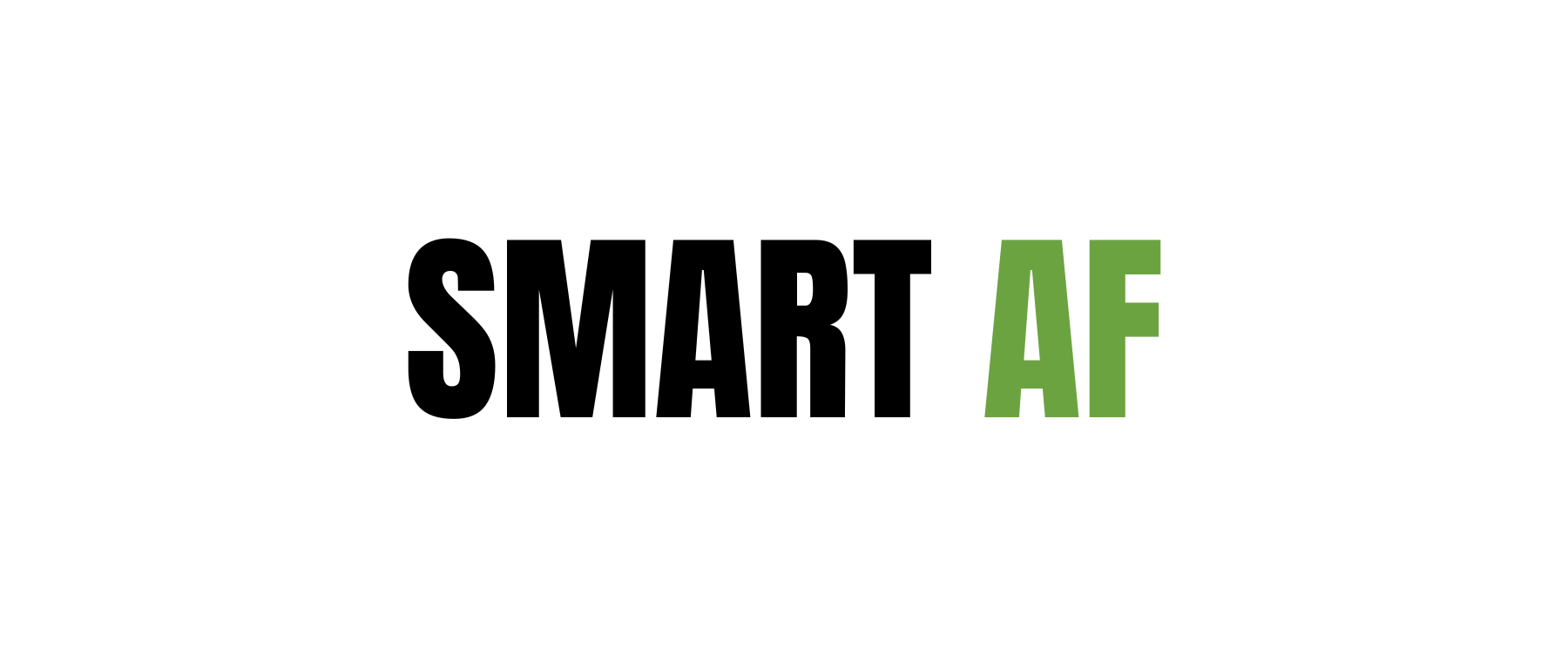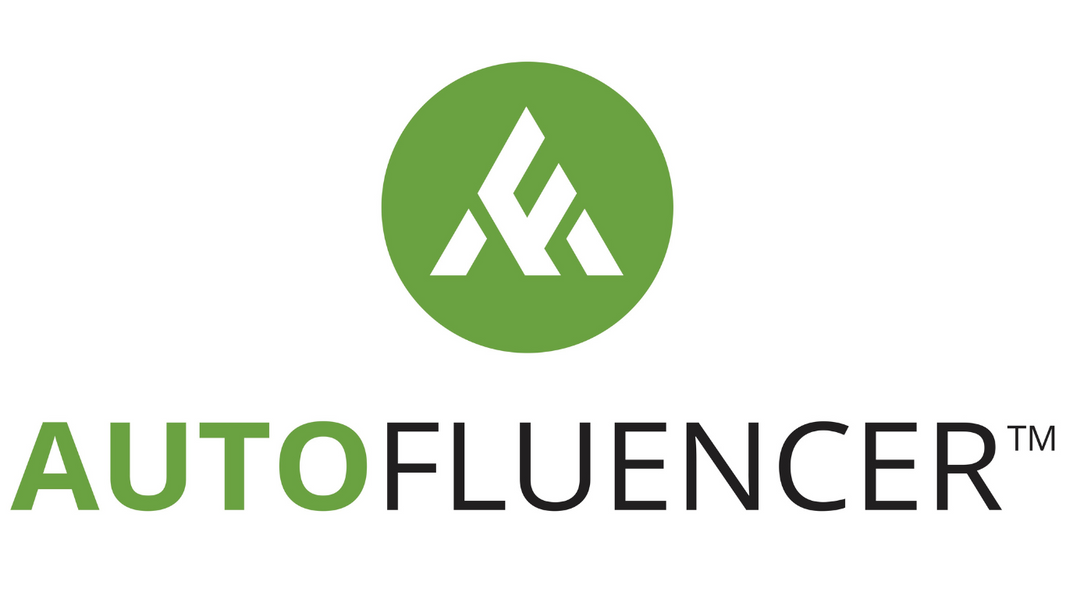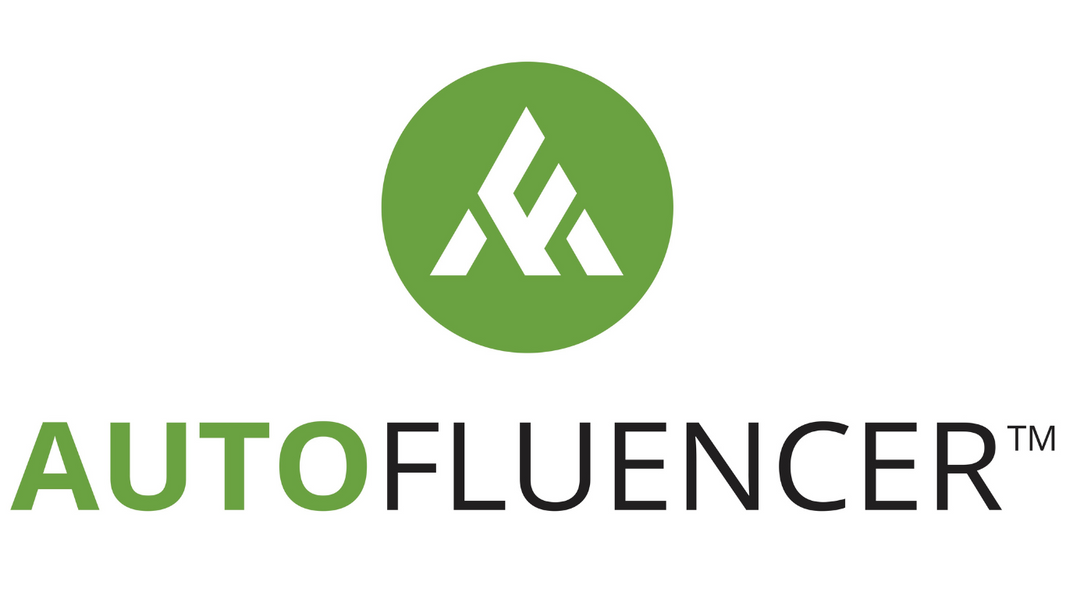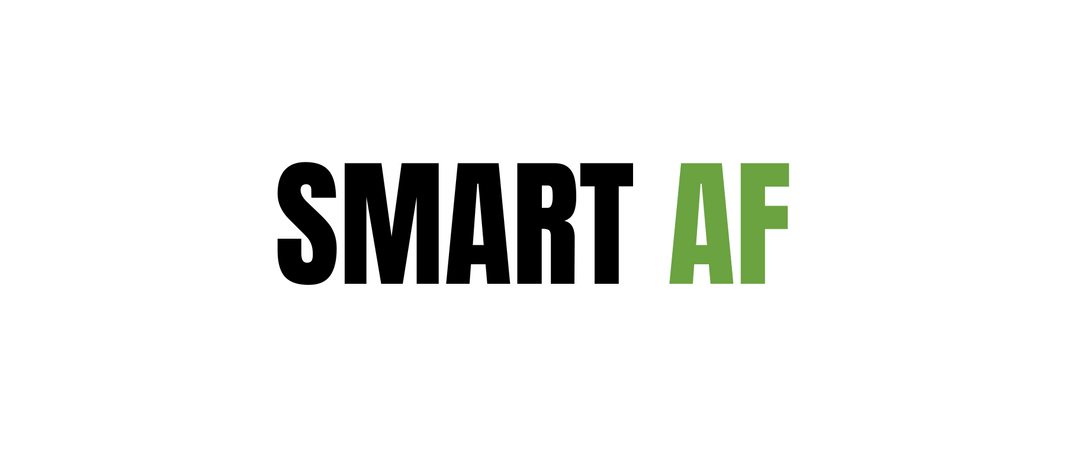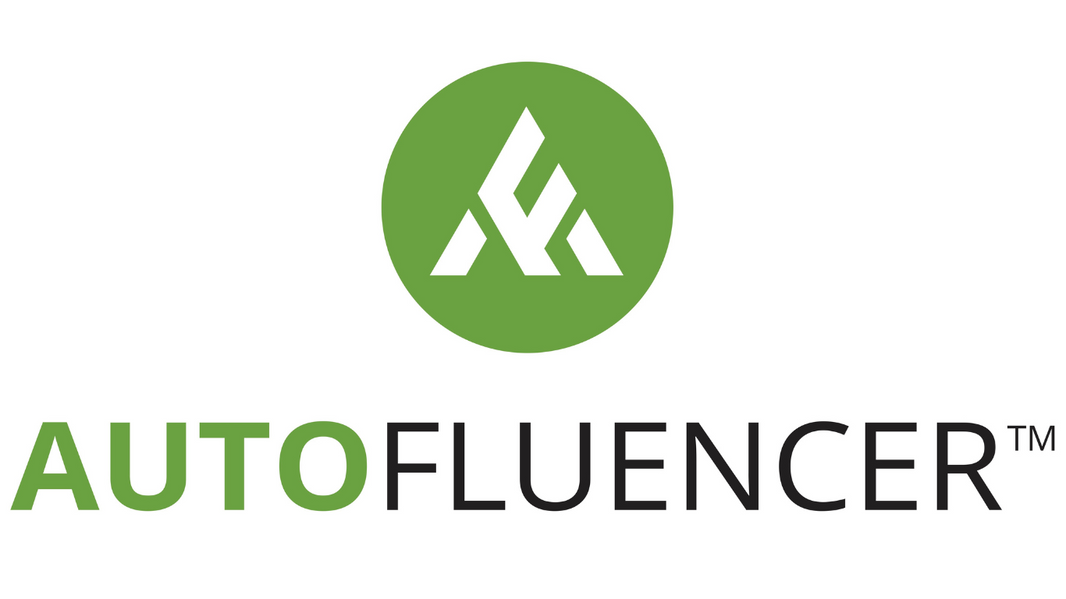Our industry has been doing “influencer” marketing since before it was a thing…we just called it “sponsorships” or “editorials.” However, with the rise of social media and 75% of Gen X - Gen Z (that’s buyers between the ages of 60 and 16) saying their purchase decisions are highly impacted by social media creators and user generated content, it’s time to get SERIOUS about creating smart partnerships with the right partners.
Since we’re in the business of building solutions to help brands and creators (or influencers or drivers or builders or whatever label you want to use that feels right) build and scale more successful partnerships, you can imagine that one of the most common questions we get from either side is “What should the payment be?” The truth is that in most cases, payment is necessary—but sometimes, if the product being sent to the creator holds significant value, that can offset or reduce the upfront cost for creators, especially for basic content creation. Here's how to determine when there should be payment and what factors impact the cost.
When Should A Content Creator Get Paid for their Content?
In theory, brands should always expect to pay for creator partnerships - whether it’s through money, product, travel, experiences, or some other form of value exchange. Like any professionals, content creators charge for their time, content creation, and access to their audience. If a brand is lucky enough to have a high-quality performance part, tool, or accessory that’s genuinely valuable to the creator or offering exclusive access to an event with all travel and expenses paid, the creator may be willing to create content in exchange for the product—especially for nano- or micro- creators. But for ongoing partnerships or more comprehensive content (like a full product review or installation guide), brands should expect to compensate the creators appropriately.
Defining the sizes of a creator’s audience:
- Nano: 500–10,000 followers
- Micro: 10,000–50,000 followers
- Mid-tier: 50,000–100,000 followers
- Macro: 100,000–500,000 followers
- Mega: 500,000+ followers
What Factors Impact How Much The Brand Will Pay?
Several factors influence how much a creator will charge, especially when the brand wants impactful content. Here's what drives up the cost:
1. Social Media Platform: Different platforms have varying audience sizes and engagement potential, and this affects pricing. For instance, YouTube and TikTok are favorites for in-depth product reviews and demonstrations, making that content more labor-intensive for creators. Instagram and Facebook, while still popular, may offer quicker, more digestible content, potentially lowering the cost per post.
- Nano: $25 - $250
- Micro: $250 - $1,250
- Mid-Tier: $1,250 - $12,500
- Macro: $12,500 - $25,000
- Mega: $25,000+
- Nano: $10 - $100
- Micro: $100 - $500
- Mid-Tier: $500 - $5,000
- Macro: $5,000 - $10,000
- Mega: $10,000+
- Nano: $5 - $25
- Micro: $25 - $125
- Mid-Tier: $125 - $1,250
- Macro: $1,250 - $2,500
- Mega: $2,500+
- Nano: $20 - $200
- Micro: $200 - $1,000
- Mid-Tier: $1,000 - $10,000
- Macro: $10,000 - $20,000
- Mega: $20,000+
2. Type of Content: The type of content that brand’s request can significantly affect the price - static image posts? Long form videos? Or Reels/Shorts? A quick Instagram post will likely cost less than a YouTube or TikTok video where the creator demonstrates and installs a product. The more complex and time-consuming the content, the more it will cost.
3. Reach and Engagement: Creators with larger followings (macro or mega creators) or highly engaged audiences charge higher rates because they offer more exposure. However, it has been found that nano or micro-creators may have smaller followings but often get more engagement than mega creators.
4. Creator Demand: If a creator is in high demand (like on a show, a podium-level racer, or has other high profile activities) or is being targeting at a specific busy time (like a major automotive event or product launch), a premium is expected. Creators know that brands will compete for their time and audience during peak periods, which drives up the price.
5. Exclusivity: If brands don’t want the creator promoting their competitors, they’ll need to include an exclusivity clause in their contract, and this will come with a higher price tag - and rightfully so. By asking for exclusivity, a brand is essentially asking creators to forgo other opportunities, and therefore should compensate them for that lost income.
6. Usage Rights: If a brand wants to reuse the creator’s content for their own marketing purposes—whether in ads, merchandising on the brand’s website for the product highlighted in the video, in email marketing and/or across other social media platforms— these usage rights must be requested. Most creators will charge extra for this because it extends the life and reach of their copyrighted content beyond a single post. This is no different than any other old school forms of content deals. Also, brands should be repurposing and using the content! That’s the best way to truly maximize the investment!
Hopefully this helps get you started! We’ll be putting this data into the Autofluencer knowledge base to make it easier to reference them in the future.
Stay tuned for our upcoming article on “How To Measure Value” (hint: it’s really easy to do in Autofluencer!)
And as always, have questions?! Feel free to hit us up either through the chat or by emailing us at [email protected]!
If you’re ready to give Autofluencer a try, sign up today to start your 30-day free trial (no credit card required).
Sources: Influencer rates: How much do influencers really cost in 2024?. Influencer Marketing Hub. (2024, June 24). https://influencermarketinghub.com/influencer-rates/ ; Hitchcock, J. Influencer pricing: The cost of influencers in 2024. Shopify. https://www.shopify.com/blog/influencer-pricing#9 (2024, August 28).





